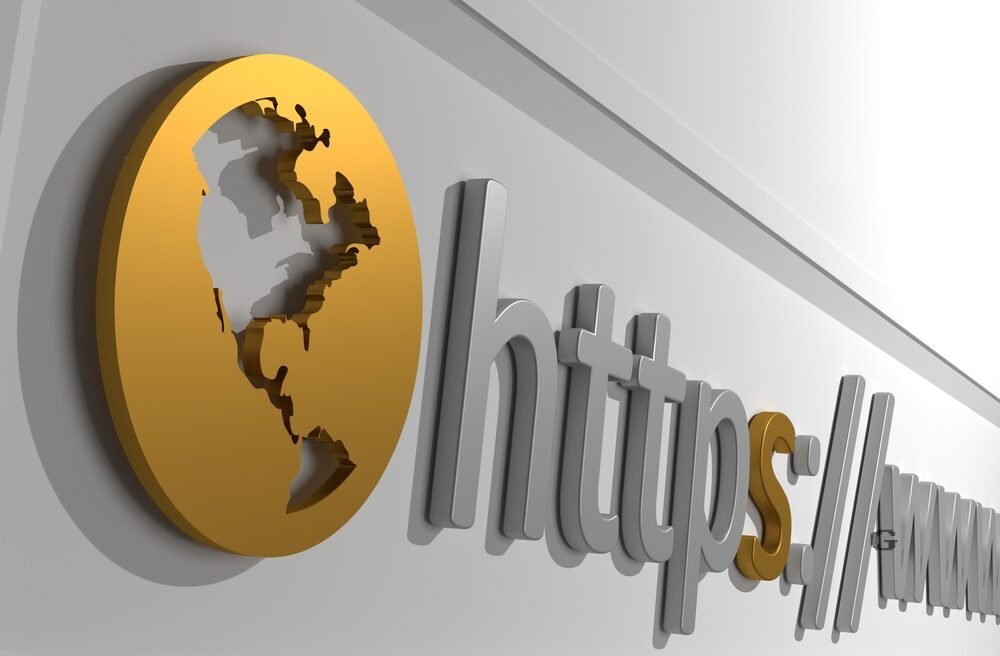After years, Microsoft decided to protect us. From April 1, 2022 (it is not April Fool's Dayprank), Microsoft seems to have finally added the https protocol to update downloads, instead of the unencrypted http protocol.

For years the Google & Co prepared us that our communication with the websites should be done via the https protocol, for guaranteed communications through encryption from servers using SSL certificates.
At Microsoft, however, for many years update package downloads did not use an encrypted protocol. So it was time for the company to change ways λήψηof update packets over the https protocol to increase security.
The information packages are of course provided with SHA keys and digital signatures and thus are protected from any falsification. However, most browsers had problems with http.
From April 1, 2022, all downloads of updates from the company's update servers and from the Microsoft Update Catalog are made via the https protocol. So the links from the Microsoft Update Catalog will have the following format:
https://catalog.s.download.windowsupdate.com/c/msdownload/update
instead:
http://download.windowsupdate.com/d/msdownload/update/
As you can see, not only the https protocol has been enforced, but the download also starts from a subdomain (catalog.s), where the s in address URL probably means secure.
For downloads from the Microsoft Update Catalog nothing changes – except of course from the links that should probably be adjusted.
The company could fix this issue very simply with one direction.





